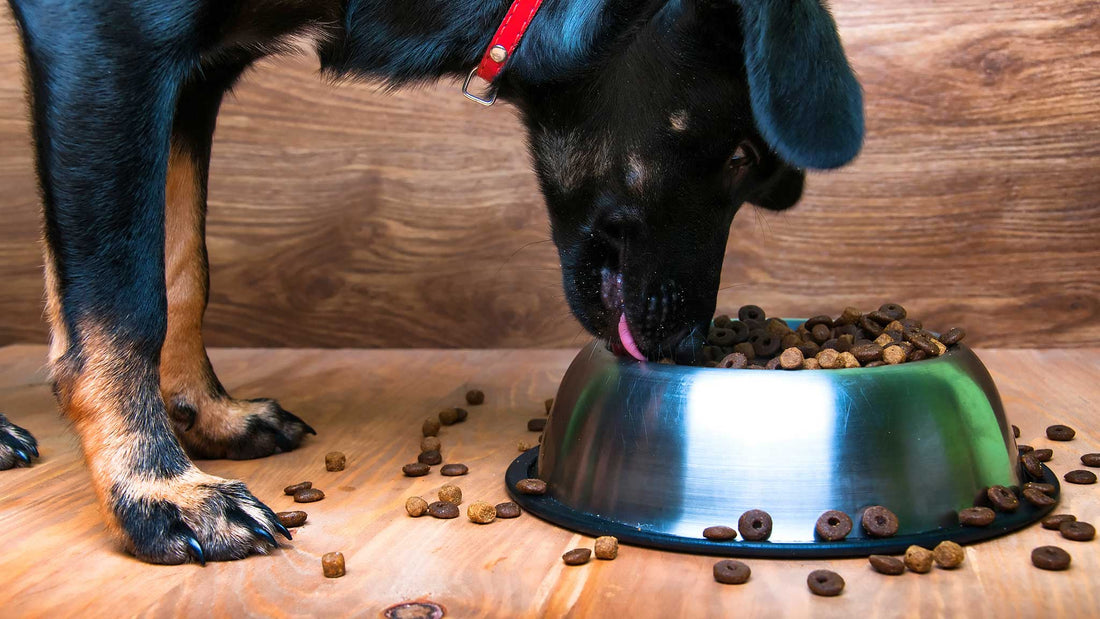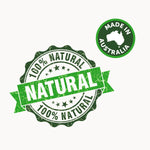
What Is In Grain Free Dog Kibble?
Grain free pet foods have become very popular of late. This is mainly due to consumers believing they are purchasing a superior product and the increasing awareness that our pooches should not be eating a diet heavily laden with wheat and grains.
The main misconception around grain free kibble is that this “new” diet is somehow “better” or “low-carb” without questioning what is actually in this food. Grain free does not mean carbohydrate free and in some brands of kibble, the carbohydrate levels can actually be higher then wheat and grain.
When a kibble is “grain-free,” those grains are often replaced with potato starch, tapioca and other cheap highly processed carbohydrates. Again, this doesn’t improve your pooches or cats diet as they are still eating a high carbohydrate, highly processed diet. One carb ingredient is simply being swapped out for another.
Are Grain Free Dog Foods Really Healthier?
Many pet owners are drawn to grain-free kibble because of marketing claims that link grains with allergies or digestive issues. While it’s true that some dogs can react poorly to wheat or corn, the bigger culprit is usually the overall quality of ingredients and the level of processing, not the presence of grains alone. A poorly made grain-free kibble can cause as many health concerns as a grain-based one if fillers and artificial additives dominate the recipe.
Another overlooked factor is how these carb-heavy replacements affect long-term health. Diets high in starch can contribute to weight gain, inflammation, and even impact insulin sensitivity in dogs. For breeds already prone to joint problems, obesity, or diabetes, swapping wheat for potatoes doesn’t solve the problem, it can actually make it worse. The key is balance, digestibility, and nutrient density, none of which is guaranteed simply by slapping a “grain-free” label on the bag.
What Is A Better Alternative To Grain Free Kibble?
Our dogs are meant to eat a diet consisting of fresh protein (in the form of meat like beef or chicken), fats, offal and little carbohydrates (fruit and veg). This diet is also commonly referred to as the BARF diet meaning Biological Appropriate Raw Food. In layman’s terms, a diet solely designed for dogs in accordance with their species, instinct and nature. Dogs thrive off a biologically appropriate diet lower in carbohydrates.
What about feeding kibble and raw food together? We wrote an article on the topic that addresses the issue as it's not so black and white.
